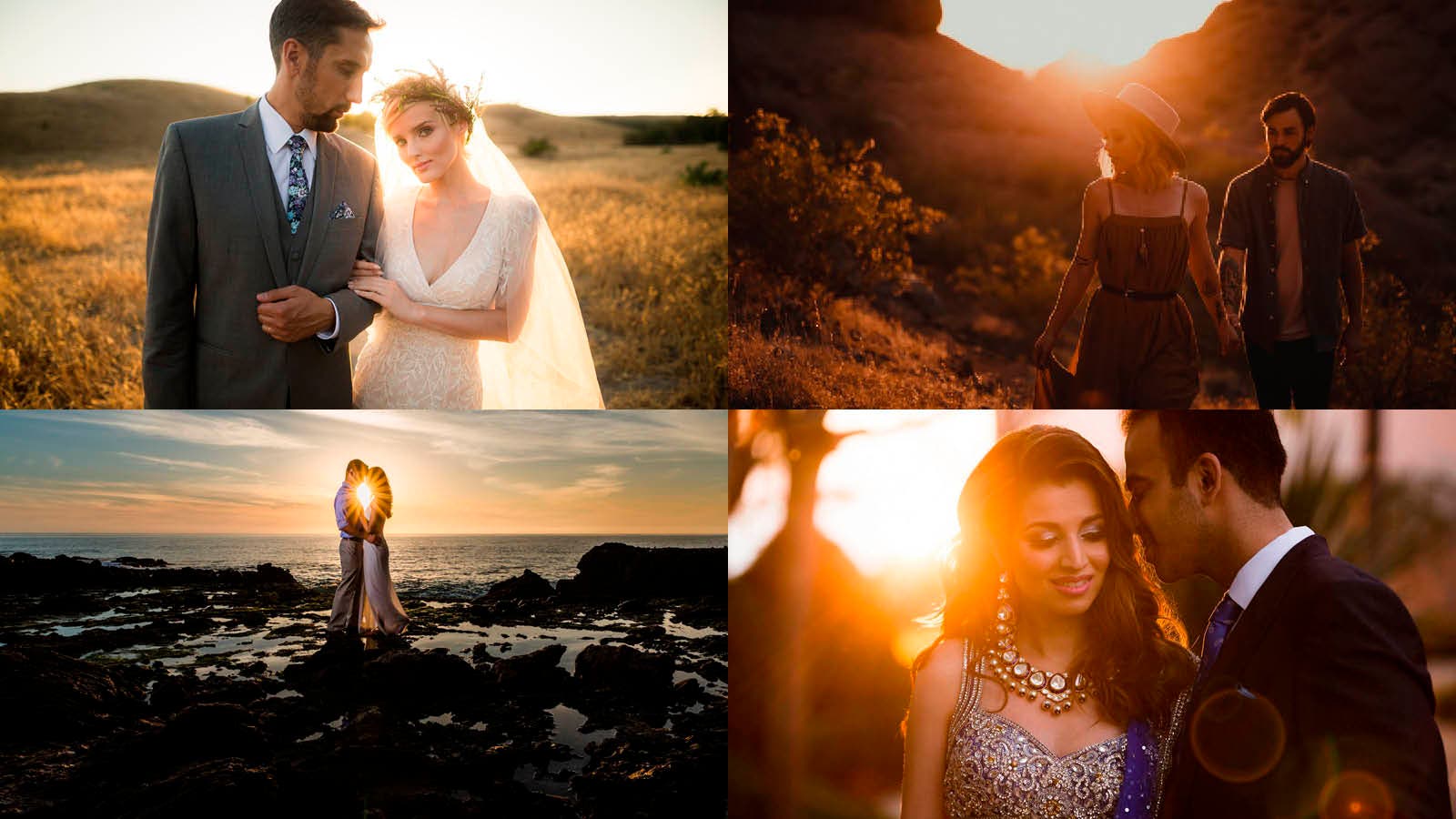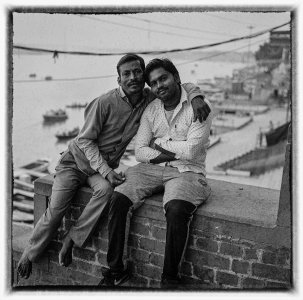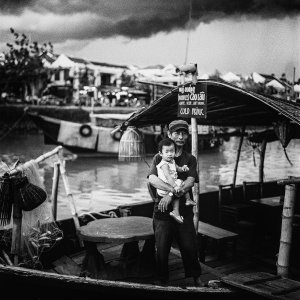Pfreddee
Well-known
The best times for photography are when it's raining, and when it isn't.
Discuss.
Discuss.
Retro-Grouch
Well-known
It's always a good time for photography. Rain just presents some problems, like keeping your camera dry, a bigger problem for older equipment that isn't weather sealed. The light just before, during, and just after summer monsoon storms in the Southwest can be beyond belief.
Ko.Fe.
Lenses 35/21 Gears 46/20
Raining, showing. This why I have Pentax now.
hap
Well-known
get a Nikonos (for film) and/or an Olympus TG-4/5/6 for handy digital in very bad weather.It's always a good time for photography. Rain just presents some problems, like keeping your camera dry, a bigger problem for older equipment that isn't weather sealed. The light just before, during, and just after summer monsoon storms in the Southwest can be beyond belief.
raydm6
Yay! Cameras! 🙈🙉🙊┌( ಠ_ಠ)┘ [◉"]
Or the Golden Hour? Too cliche'?

 www.adorama.com
www.adorama.com
@Keith has a lovely photograph to start things off in this RFF Thread:

8 Golden Hour Photography Tips for Magical Photos - 42West
Golden hour photography is in demand, and these tips will help you capture the best golden hour photos possible, even when the sun isn't available.
@Keith has a lovely photograph to start things off in this RFF Thread:
The Golden Hour
At the end of every day as the sun starts to slip away, there's a change in the light. The mundane and ordinary become far less so, as we move into the night.
rangefinderforum.com
brusby
Well-known
brusby
Well-known
Rayt
Nonplayer Character
Rayt
Nonplayer Character
Retro-Grouch
Well-known
Ah, if only there were a medium-format Nikonos!
Cyriljay
Leica Like
The best time for photography.
It is the light that makes the photo. Without shadows or dark tone light doesn't exist. So in black and white Photography it is explained as drawing a photo with light ( on a grey canvas) There no perfect photo and it depends the eye that evaluate. 'beauty is in the eye of the beholder'.
But there are certain rules for making an acceptable photo ( On B&W ) on out door photography. 45º lighting is the most pleasing lighting of the day it is in the morning before the noon, which is the most harsh and Yakky lighting . It is the 90º day light. Then again you have this 45º day light before the dusk and again get the beautiful shadows and best lighting. This is highly applicable to many type of photography such as Landscape / architecture / urban / and environment portraits etc. Why I have mentioned B&W ? it is a fundamental photography learn lighting . When you understand it , then it is easy to seen in colour in photography.
There are other factors too to out door photography. Cloudy days. The sky with clouds give a diffused sun light which is the best for photography. Rainy day???? I love to go out just after rain and that lighting gives a different aspect to your photos. The wet reflections might add different perspective to your vision. You only understand these points if you only be careful to see them. These small details will make your photos different too.
If you look at your photos you can understand if this what is missing and why you photos are boring or flat.
When I do a photo walk I always do it earlier or late in the day. ( this is applicable for casual photography ) If you are in a spacial assignment they you don't have to keep shooting. Example . I shot the London marathon so I had to shoot it somehow as it was unfolding
In the noon I just observe and don't take my camera out.
In the digital Era things are very easy and easily make a photo printable under any lighting condition. But as for the question and my personal guide line to "how to make the best photo " by choosing the elements is above .
It is the light that makes the photo. Without shadows or dark tone light doesn't exist. So in black and white Photography it is explained as drawing a photo with light ( on a grey canvas) There no perfect photo and it depends the eye that evaluate. 'beauty is in the eye of the beholder'.
But there are certain rules for making an acceptable photo ( On B&W ) on out door photography. 45º lighting is the most pleasing lighting of the day it is in the morning before the noon, which is the most harsh and Yakky lighting . It is the 90º day light. Then again you have this 45º day light before the dusk and again get the beautiful shadows and best lighting. This is highly applicable to many type of photography such as Landscape / architecture / urban / and environment portraits etc. Why I have mentioned B&W ? it is a fundamental photography learn lighting . When you understand it , then it is easy to seen in colour in photography.
There are other factors too to out door photography. Cloudy days. The sky with clouds give a diffused sun light which is the best for photography. Rainy day???? I love to go out just after rain and that lighting gives a different aspect to your photos. The wet reflections might add different perspective to your vision. You only understand these points if you only be careful to see them. These small details will make your photos different too.
If you look at your photos you can understand if this what is missing and why you photos are boring or flat.
When I do a photo walk I always do it earlier or late in the day. ( this is applicable for casual photography ) If you are in a spacial assignment they you don't have to keep shooting. Example . I shot the London marathon so I had to shoot it somehow as it was unfolding
In the noon I just observe and don't take my camera out.
In the digital Era things are very easy and easily make a photo printable under any lighting condition. But as for the question and my personal guide line to "how to make the best photo " by choosing the elements is above .
Last edited:
Retro-Grouch
Well-known
The best time for photography? When the opportunity presents itself! That, of course, means having a camera along, always. And being prepared to use the light at hand in the best possible way. In the past, I wouldn't bother to go out unless it was the "golden hour", or the light was right, or there was something interesting to shoot, etc. But I've learned to force myself to go out looking when conditions seemed very wrong: harsh noontime light, empty brown winter landscapes, "nothing interesting". And under precisely those conditions, I've made some of my best images!
Of course, there are times of the day, and atmospheric conditions, when the light is beautiful and good work comes more easily. But I've learned never to dismiss the possibility of there always being something to shoot, if I look closely enough at the world around me. Waiting for the "best" time is too limiting.
Of course, there are times of the day, and atmospheric conditions, when the light is beautiful and good work comes more easily. But I've learned never to dismiss the possibility of there always being something to shoot, if I look closely enough at the world around me. Waiting for the "best" time is too limiting.
Vince Lupo
Nobody's Mentor
I love rain and cloudy days, and I generally avoid shooting on sunny days outdoors between about 10:00am and around 4:30-5:00pm in the summertime (mind you I have likely made some pretty good shots during that time period). Now during the winter months, however, all day is fair game. Noontime in December and January (at least in my part of the world) the bright sunlight is pretty darned nice, and it stays that way through at least March. Guess we need to qualify the time of year we’re shooting when we talk about times to avoid.
Last edited:
DLox
Member
'Now'.
Mcary
Well-known
As others have stated good photographs can be made in pretty much any condition and at pretty much anytime of the time day, one just has to keep their eyes and mind open to the possibilities that present themselves. Myself I find pictures with clear empty skies no matter the light rather boring so I tend to shoot landscapes or scenes that include the sky on cloudy days and on clear days tend to look for interesting scenes that don't include the sky. If the lighting is harsh than I look for and try to take advantage of harsh shadows in my compositions.
AlwaysOnAuto
Well-known
...are when I have a camera in hand that is capable of capturing the moment I want to record.
nikon_sam
Shooter of Film...
If you see a scene and you like what you're seeing then by all means go for it...
Rick Waldroup
Well-known
Living in Texas, during the summer, it is all about the heat. About a week ago, I left the house at 9:00 a.m. to go shooting and the temp was already at 98" F. By early afternoon it was hitting 107. So, for the next couple of months, the earlier in the day, the better.
neal3k
Well-known
Empty skies may be boring but can nicely frame industrial subjects. Here is one of mine inspired by the photography of Bernd and Hilla Becher.As others have stated good photographs can be made in pretty much any condition and at pretty much anytime of the time day, one just has to keep their eyes and mind open to the possibilities that present themselves. Myself I find pictures with clear empty skies no matter the light rather boring so I tend to shoot landscapes or scenes that include the sky on cloudy days and on clear days tend to look for interesting scenes that don't include the sky. If the lighting is harsh than I look for and try to take advantage of harsh shadows in my compositions.
 Thanks, Bernd and Hilla by Neal Wellons, on Flickr
Thanks, Bernd and Hilla by Neal Wellons, on FlickrGodfrey
somewhat colored
The best times for photography are when you see photographs.The best times for photography are when it's raining, and when it isn't.
Discuss.
G
Share:
-
This site uses cookies to help personalise content, tailor your experience and to keep you logged in if you register.
By continuing to use this site, you are consenting to our use of cookies.





